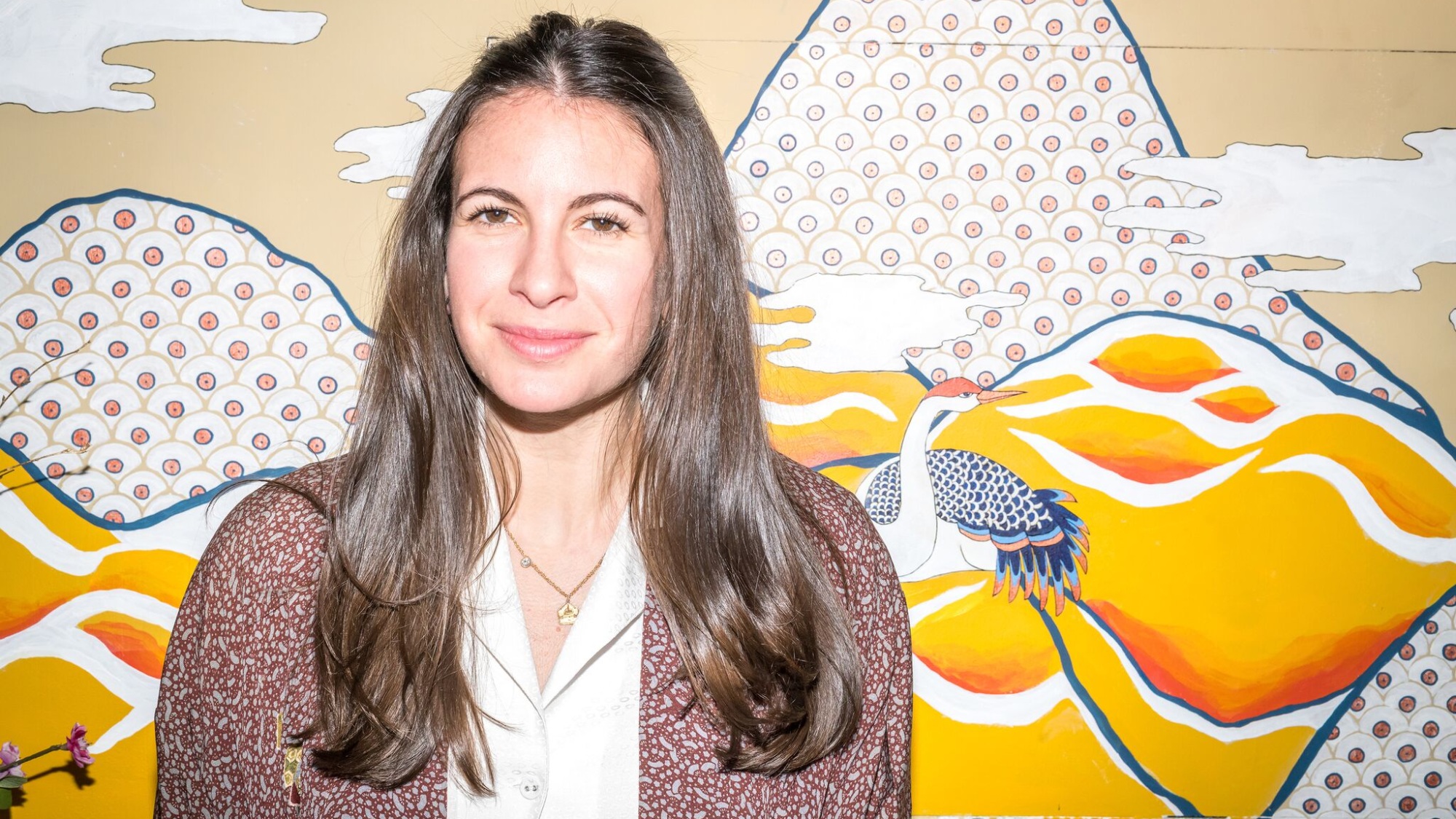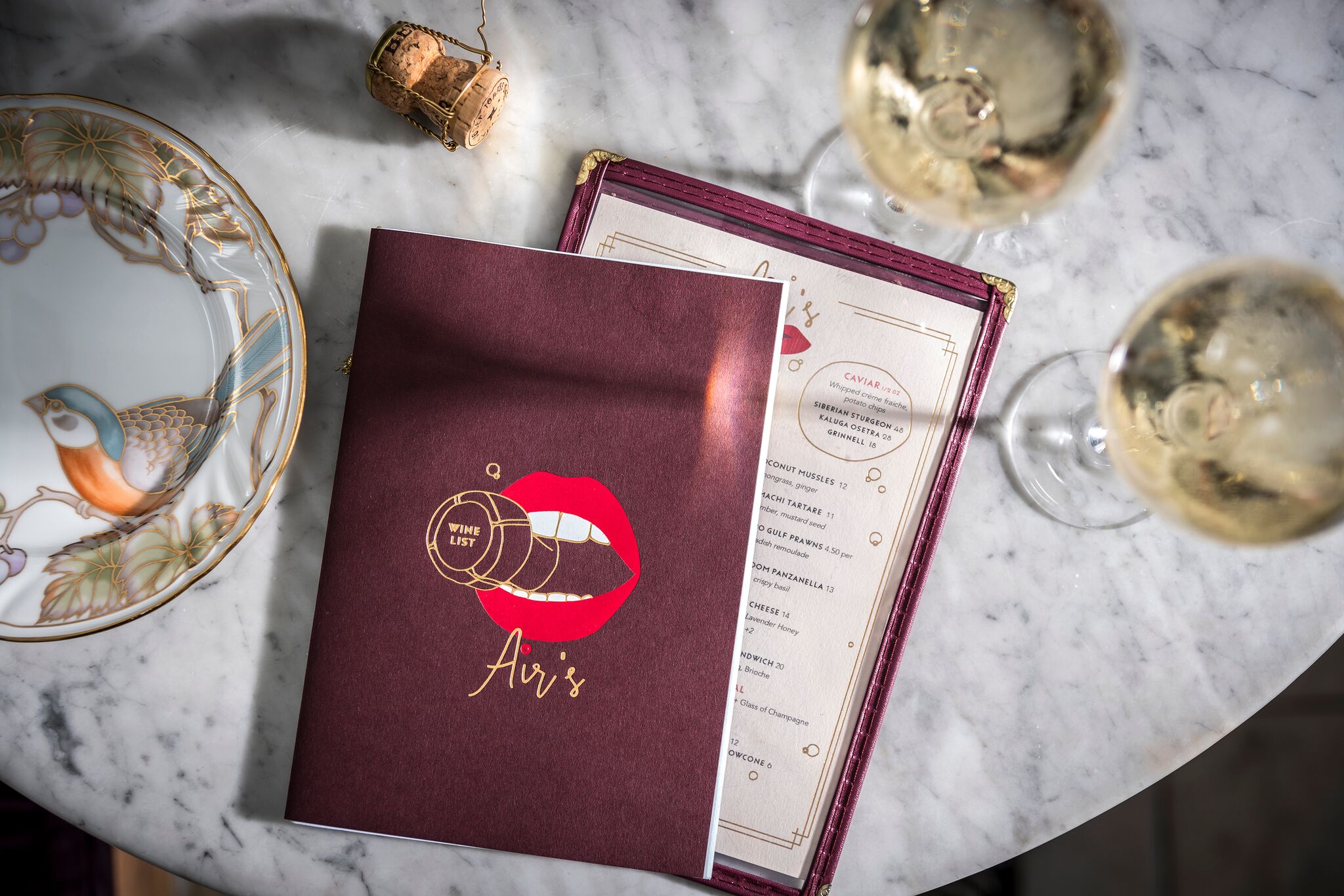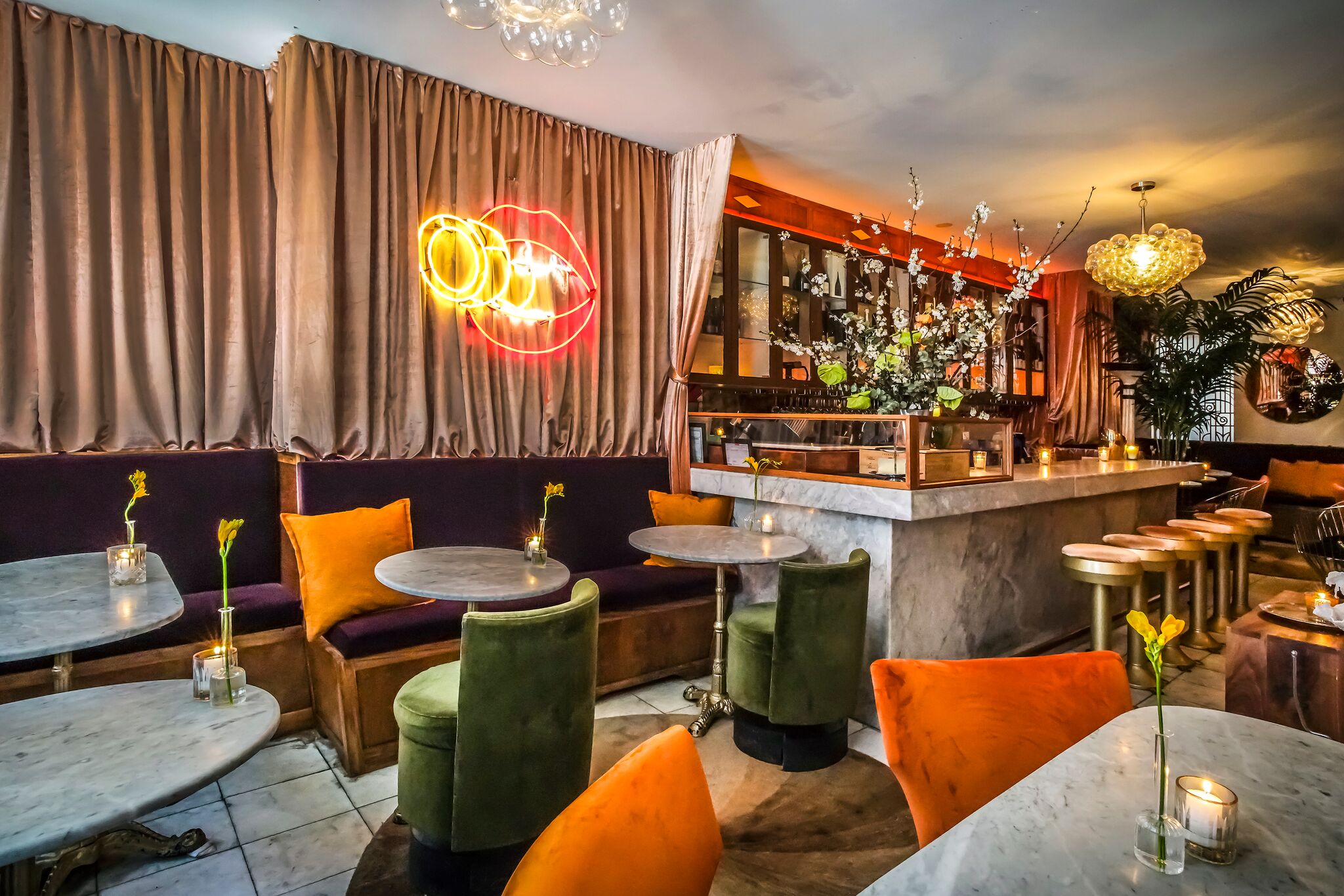
Ariel Arce is on a Mission to Re-Brand Bubbly
Upon arriving at Air’s Champagne Parlor, a short flight of stairs up from Macdougal Street, you may feel as if you’re about to enter a luxurious private home off Washington Square Park. What you’ll find, though, is an environment that’s inviting and carefree. Posh, yes. A tad girly, for sure. But also: fun-loving, tune-bumping (“everything from disco to soul to blues to… old-school hip-hop”), and—quite literally—bubbly. After all, Air’s is a bar with a mission: to prove that sparkling wine can and should be enjoyed on an everyday basis.
So, let’s get the elephant in the room out of the way: Champagne, which is sparkling wine made in its namesake region of France and produced in accordance with the specific rules of the appellation, is expensive. Or at least it can be. As Arce puts it, “You can go to a high-end restaurant or a really exceptional wine bar and they will have sparkling wines and they will have Champagnes, of course. But the price point is really prohibitive. And, for me, I’m a Jewish girl from Hell’s Kitchen. My mom took me to Loehmann’s to shop. It was always about finding a deal.” Having honed her chops alongside chef Grant Achatz at Alinea Group in Chicago, Arce understands quality and value when it comes to wine, and yet, she’s still never been the type of consumer “[who is] willing to spend $300 on a bottle of something.” A self-proclaimed beverage history obsessive, she found a connection to sparkling wine early on, and has since devoted her career to learning as much about the bubbly variety as possible. Now, Arce is dedicated to sharing that knowledge; providing access to little-known producers. A crucial part of that effort is education: in her words, “pulling back the layers” around the long-established messaging of sparkling wine as celebratory and a luxury—“something that we can only have on New Years’.”

A New Guard
A brand name is not the only marker of taste. This is Air’s modus operandi. “It’s really important [for me] to keep my boots on the ground to find the young, up-and-coming producers that are offering wines at accessible price points,” Arce states. Her list, which boasts 225 different producers, is dotted with “[names] you’ve never heard of before, from towns that you’ve never heard of before” since wines made by vintners outside of the Grande Marques tend to be more affordable. To maintain a constant influx of new wines, Arce is constantly tasting: procuring varieties from sales reps, traveling to uncover trends and meet new producers “that fit into [her] mantra,” and relying on “everybody’s friend”—the internet. Digital plays an integral role in helping sommeliers match with sellers. For example, SevenFifty hosts an algorithm that compiles all existing inventory in a given state so that sellers can search for wines within selective attributes like price range, vintage, and bottle size. And then there is Instagram—the ultimate discovery tool—where “everybody is posting something cool they’ve tried.” Notwithstanding Arce’s very discipline is a current trend. “You can’t go on your phone and [not see] the top sommeliers and top beverage directors, or even winemakers, consistently posting pictures of Champagne.” Arce welcomes the attention, but notes the one caveat: “Prices go up.” As for other fads in the industry, she lists Jura (a region), sparkling wines from Croatia and Corsica, and, of course, natural wine.
Since opening a little over a year ago, Air’s has sold over 40,000 bottles—only three of which have been returned.
Trend-Spotting
Pétillant Naturel, wine made bubbly with a single fermentation in the bottle—as opposed to Champagne, which is fermented prior to bottling and then again when yeast and sugar is added in the bottle—is on the menu, as is the work of producers who are using techniques rooted in organics, sustainability, and biodynamics. Arce explains, “I think this term ‘natural’ is a really big catch-all for people who are trying to make wine, either traditionally—returning to traditional roots—or with thoughtful wine-making techniques. We definitely support them. If I were to go through our wine list, probably 75-80% of the wines on there are made by producers that fall under that category.” Still, she’s not sold on the hype. “My experience in spaces where the wine focus is natural [has been with] what the person who has put the list together thinks you should be drinking, [which is] rarely ever what I would have asked for, even if they ask the questions of what it is [I] like.” In contrast, her one goal at Air’s is “to give you exactly what you want.” Her team goes through a process with each guest to determine their taste and offer something that will be pleasing, which has resulted in a track record worth mentioning: since opening a little over a year ago, Air’s has sold over 40,000 bottles—only three of which have been returned.

Setting the stage
Decked out in technicolor velvet, marble, and gold, Air’s is designed with a female sensibility and retains an all-female staff—not including the three chefs—to boot. While the majority of the clientele are women, the crowd is diverse. “Air’s is everything from a mother-and-daughter who just bought her wedding dress to a group of four guys who go to NYU to a first date or business meeting,” Arce says. Regulars range from people who love wine or feel like they’re getting a value to industry-folk and wine collectors. It’s her team’s job to care and be curious about each and every person that walks through their doors. “That’s something you cannot teach,” Arce confesses, while noting that she’s been lucky to find individuals with an innate hospitality bone. What she can impart, and does, are tools to determine what any given drinker is looking for. The first and most important indicator being price point. Sparkling affords a better value than Champagne, so simply asking which is preferred helps to answer that question. Other differentiators, like fruity, dry, or “something with minerality or more richness,” lead a server down a narrower path from which they can make selections more precisely. They might say, “this wine tastes like watermelon juice” or “this wine tastes like licking the bottom of a granite stone rock, because it has this heavy concentration of minerality.” In essence, the servers paint a picture, hoping to garner a mouthwatering reaction. Once that happens, the customer will know exactly what they want.
It all comes down to taste. “At the end of the day, I always say that [even amongst] the people who want natural wine, and are willing to drink the most obscure stuff…[if] you pull out a bottle of Krug, everybody will put their wine glass out. It doesn’t matter. Everyone is still going to want the thing that’s delicious. So, I always rely on that,” Arce proclaims. The addition of cheese, charcuterie, and French fries to Air’s nightly offerings helps to drive that experience home—and, soon enough, an extended raw bar will be on offer, as well. “It’s just the things that you want to eat when you’re drinking wine and hanging out.”
So, what to do the next time you find yourself in the hands of a sommelier? Let their expertise guide you, but also speak up. The only thing in between you and your next favorite wine is an easy-flowing conversation.
Discover More

Stephen Satterfield's Corner Table














